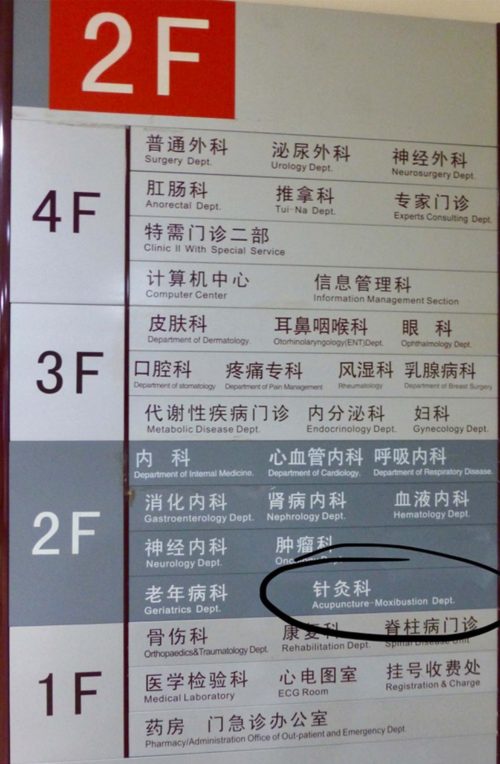By: International Anesthesia Research Society (IARS)

Tests Show Measurable and Specific Effects of Acupuncture on Pain
Quantitative sensory testing is used clinically to help physicians understand specific injuries in nerve fibers associated with chronic pain. It includes tests of both thermal perception (heat and cold), and mechanical perception (pressure applied to the skin). The patterns of response provide diagnostic information in patients with nerve injury regarding the type of nerve involved, and possible treatments.
Acupuncture and Pain Control, the results pointed to two nerve fibers—the “A delta” pain fibers and the “C” pain fibers—as being specifically affected by acupuncture. Although the effects were modest, the researchers believe they provide the basis for future studies in individuals with chronic pain, where the effects might be more dramatic.
The study also supported the effects of three different forms of acupuncture: manual acupuncture needling alone and with the addition of high-frequency and low-frequency electrical stimulation. All treatments were performed by an experienced acupuncturist, applied to acupuncture points commonly used in pain management.
The results provide a scientific background for the ancient practice of acupuncture, according to Dr. Dominik Irnich, Head of the Multidisciplinary Pain Centre, Department of Anesthesiology, University of Munich, and the study’s leading author. Additionally, Dr. Irnich notes, “Our results show that contralateral stimulation leads to remarkable pain relief. This suggests that acupuncturists should needle contralaterally if the affected side is too painful or not accessible—for example if the skin is injured or there is a dressing in place.”
Dr. Steven L. Shafer, Editor-in-Chief of Anesthesia & Analgesia and Professor of Anesthesiology at Columbia University, views the results as an important preliminary finding. “Reproducible findings are the cornerstone of scientific inquiry,” Dr. Shafer comments. “The authors have clearly described their methodology and their findings. If other laboratories can reproduce these results in properly controlled studies, then this provides further support for the scientific basis of acupuncture. Additionally, the ability of quantitative sensory testing to identify specific types of nerves involved in pain transmission may help direct research into the mechanism of acupuncture analgesia.”
Acupuncture and Pain Control is a commonly used therapy in China and the West is also catching on.
Resources:
– SOURCE: Department of Anaesthesiology, Multidisciplinary Pain Center, University of Munich (LMU), Germany; and Department of Physical Medicine and Rehabilitation, Harvard Medical School, Boston, Massachusetts.
Copyright © 2010 International Anesthesia Research Society
http://www.anesthesia-analgesia.org/content/110/5/1448.full?sid=48e28115…